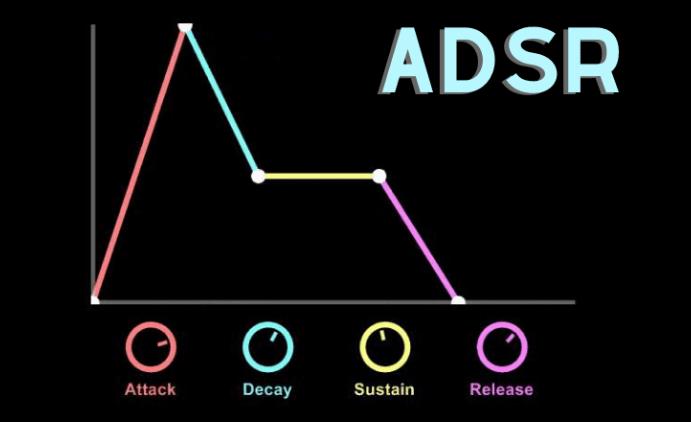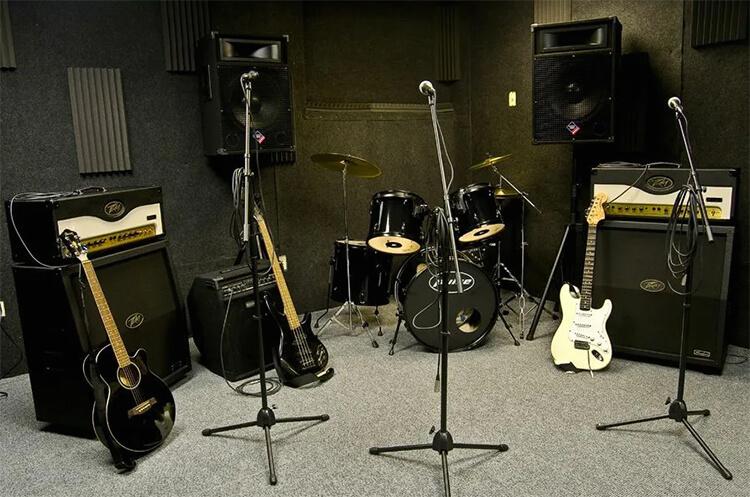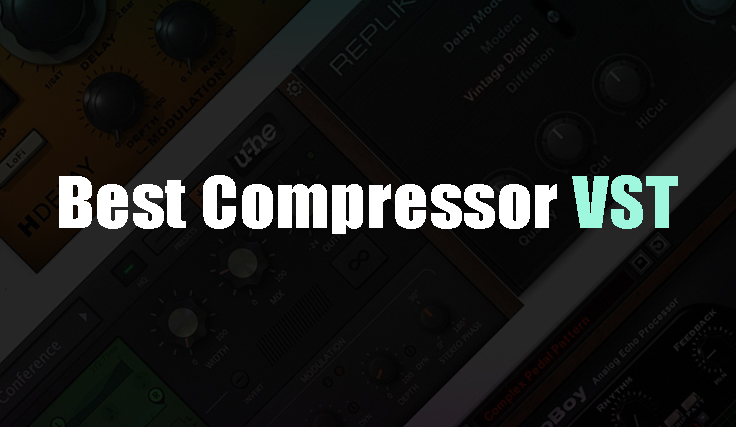What is timbre in music

Timbre, an important characteristic of sound, allows the ear to distinguish musical instruments. By manipulating timbre, you can change the sound and create unique compositions. We will consider what factors influence this feature of sound and how you can use it when creating your own music.
Understanding the term
Sounds are vibrations whose amplitude (responsible for volume) and frequency correspond to the ability of human hearing. Specialized devices, software and other tools allow you to visualize these parameters in the form of graphs called oscillograms. Analysis of such graphs shows that the waveform differs for different sound sources, which is especially noticeable when the same melody is performed on different instruments.

The timbre of a sound is what gives a certain character to the listener’s perception. The word “timbre” comes from the English “Timbre” and is often interpreted as the color of the sound, but there is no clear and universal definition yet. A complete scientific description of this phenomenon has not yet been developed either.
The sound depends on several factors: the sound source itself, the manner of performance (especially in the case of vocals or musical instruments) and external conditions (for example, the acoustics of the room where the performance takes place).
Almost no sound is limited to a single simple wave. Usually the sound is formed by mixing several waves – overtones. Often, each of them is perceived separately. This is similar to an orchestra playing a piece of music: you hear both the piece itself and the sound of individual instruments.
Thus, in simple terms, timbre is a mixture of the main sound with its overtones. You can imagine this using a synthesizer as an example. At the beginning, there are one or more signal generators (oscillators) with simple waveforms: sine wave, meander, sawtooth or triangle. These signals are then modified using filters and mixed with other sounds, resulting in complex sounds from simple tones that can resemble keyboards or brass instruments.
The Role of Timbre in Music
Achieving a specific sound is a key task in the music industry. To achieve this, special recording conditions, new musical instruments, performance methods, studio techniques and much more are developed. Along with this, new terms and concepts appear that have to be dealt with in the process of creating music.
Basic Types of Timbre
- A musical instrument can determine the sound in various aspects. For example, a guitar or violin can produce sounds both with a bow and using a plucking technique;
- The character of the sound is also determined by harmonic elements, such as additional sounds and harmonics, which give the music certain distortions and shades;
- The register character of the sound depends on the range in which the notes sound. For example, high notes can create light and airy melodies, while low notes can give the music darker and deeper tones;
- The texture or illusory character of the sound depends on various factors, such as performance technique, rhythm, accompanying instruments, the range of notes and much more.
Why is frequency spectrum important?
Audio sources are not limited to high-frequency vibrations of a strictly defined frequency, such as, for example, 500 Hz. In fact, vibrations can be observed even beyond the audible range, although sources have a certain frequency band that forms their characteristic sound, with vibrations gradually attenuating above and below the key. This band is called the frequency spectrum.
Under ideal conditions, the human ear is able to perceive vibrations in the range from 20 Hz to 20 kHz. However, these values may vary in individual cases due to congenital characteristics, past diseases, age and current health status.
Often authors and sound engineers strive to ensure that the entire audible range is evenly filled. Otherwise, the musical composition may sound “empty” or “flat”. The musical timbre is formed using a variety of instruments, samples, effects and mastering methods.
However, sometimes situations arise where instruments and voices cancel each other out, often due to mixing errors or failure to respect the basic principles of harmony in a piece of music.
Amplitude envelope concept
Frequency response (FRF) contributes to the understanding of sound timbre, dividing into four phases when considering individual tones:
- Attack – the period during which the amplitude of the sound increases from the minimum value (almost complete silence) to the maximum;
- Decay – gradual decrease in volume after an attack;
- Sustain – a time interval during which the volume remains at a relatively stable level;
- Recovery (Release) – the process of returning the volume to the minimum value (silence).

These phases are present in every note, but their amplitude and duration may vary. These differences primarily depend on the characteristics of the particular instrument and the way it is played. For example, the speed and force of the piano keys you play or the use of a pedal can affect these parameters.
Adjustment of the amplitude and duration of the phases can be done in detail using synthesizers. Usually the corresponding parameters are available for each oscillator and can also be configured for filters.
What do overtones affect?
In music, timbre is often formed by harmonic overtones, which enrich and expand the sound. Musicians choose certain brands of instruments based on these overtones, and listeners invest in quality audio equipment for a rich listening experience.
However, it is important to understand that the presence of overtones does not guarantee that the track will be attractive to the audience. While overtones can add uniqueness to a sound, they do not replace the importance of good melody and good composition. Additionally, many listeners use simple equipment and may not notice subtle details in the music.
Non-harmonic overtones can occur due to various factors such as post-production processing, performance technique and recording conditions. They can either improve the sound or be unwanted noise or defects. Some of these can be corrected during the mastering process, but others require careful consideration and sometimes even re-examination of the technical aspects of the recording.
Reasons for the difference in the color of the sound of musical instruments
Design features determine the unique sound of even identical instruments, for example, acoustic guitars. Materials, sizes, body shapes and unique technologies of manufacturers give instruments their own special harmonics.
Performance methods also have a significant impact on the sound:
- In the case of string instruments, different techniques are used, such as bowing, striking the strings, plucking with fingers or a pick, each of which gives its own unique coloring to the sound;
- For keyboard instruments, timbre depends on many factors, including playing speed, how hard you press the keys, and the use of pedals;
- For wind instruments, timbre is determined by the volume and intensity of air flow entering the instrument.
What is the best way to record musical instruments to preserve the timbre features?
Now that you understand the concepts of timbre and bow, let’s move on to practical tips that will help you successfully apply this theory:
- Pay attention to the quality of cables and connections. Poor shielding, old wires and faulty connectors can cause noise and hum, interfering with quality recording;
- Pay attention to the quality of cables and connections. Poor shielding, old wires and faulty connectors can cause noise and hum, interfering with quality recording;
- Eliminate extraneous noise. Try closing the window and unplugging appliances to avoid unnecessary interference. It is also worth paying attention to the computer cooling system and, if necessary, adjusting it so that the noise is minimal;
- Choose the right software. To record and process sound on a computer, use audio editors that have all the necessary functionality for your project.










